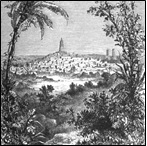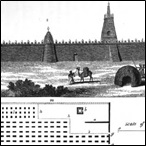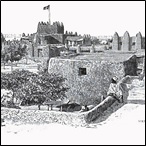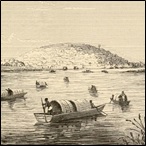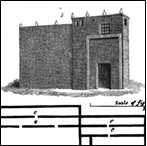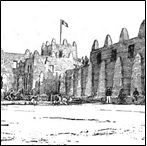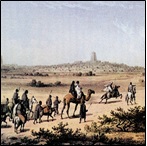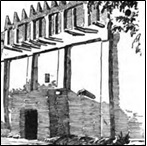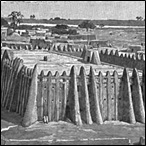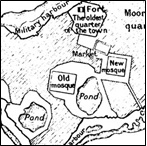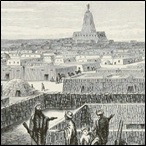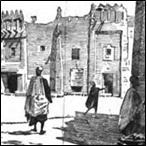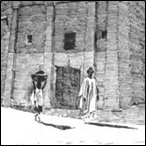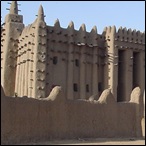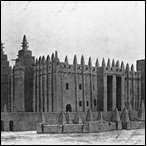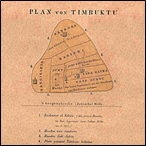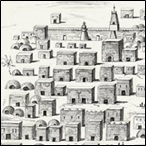African Vernacular Architecture
The Architecture of Djenné-Jéno & Timbuktu
"Inhabited since 250 B.C., Djenné became a market center and an important link in the trans-Saharan gold trade. In the 15th and 16th centuries, . . ." [unesco.org] Read More
"The history of Djenné is closely linked with that of Timbuktu. Between the 15th and 17th centuries much of the trans-Saharan trade in goods such as salt, gold, and slaves that moved in and out of Timbuktu passed through Djenné. " [Wikipedia] Read More
Timbuktu started out as a seasonal settlement and became a permanent settlement early in the 12th century. After a shift in trading routes, Timbuktu flourished from the trade in salt, gold, ivory, and slaves. It became part of the Mali Empire early in the 14th century. " [Wikipedia] Read More

